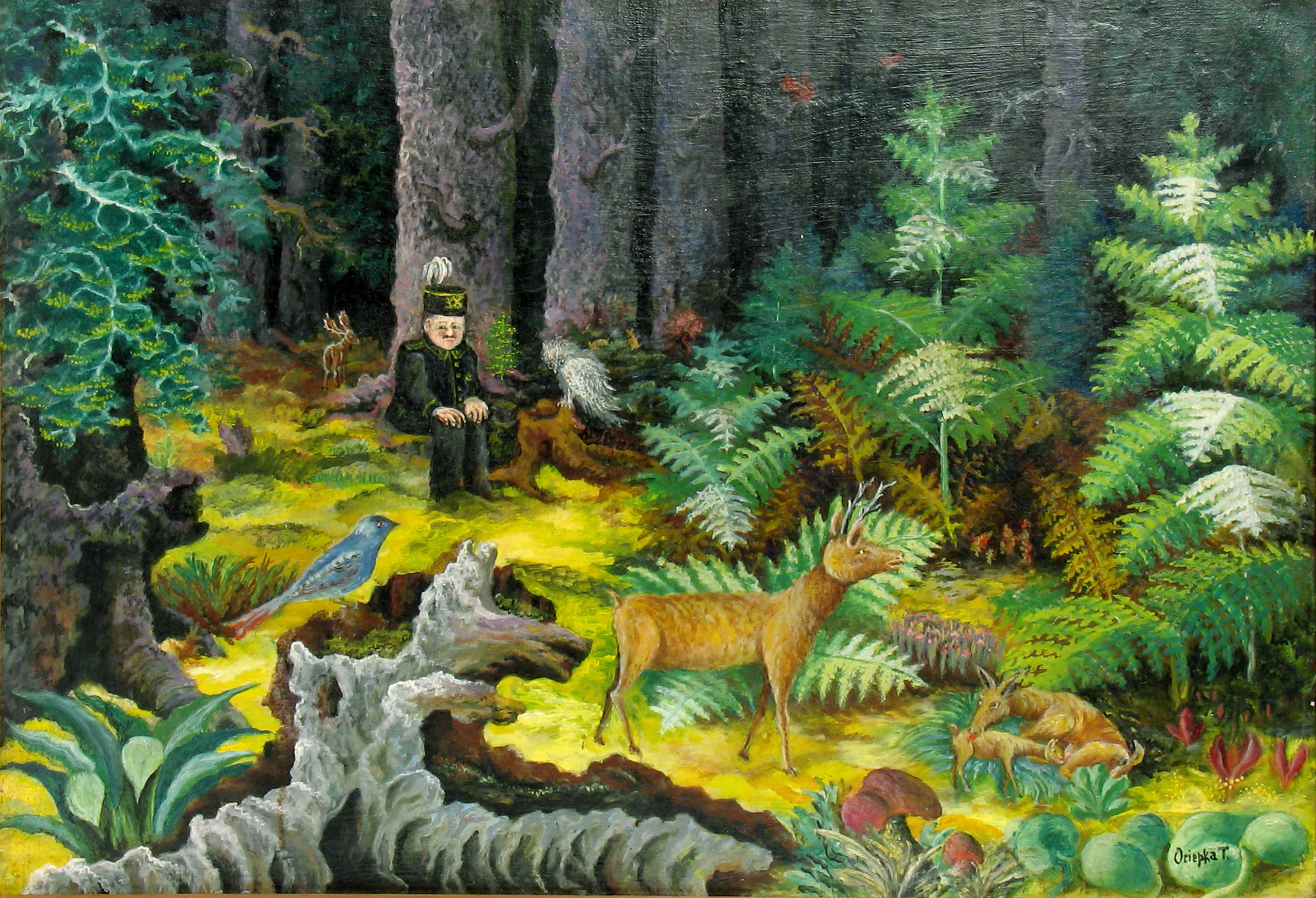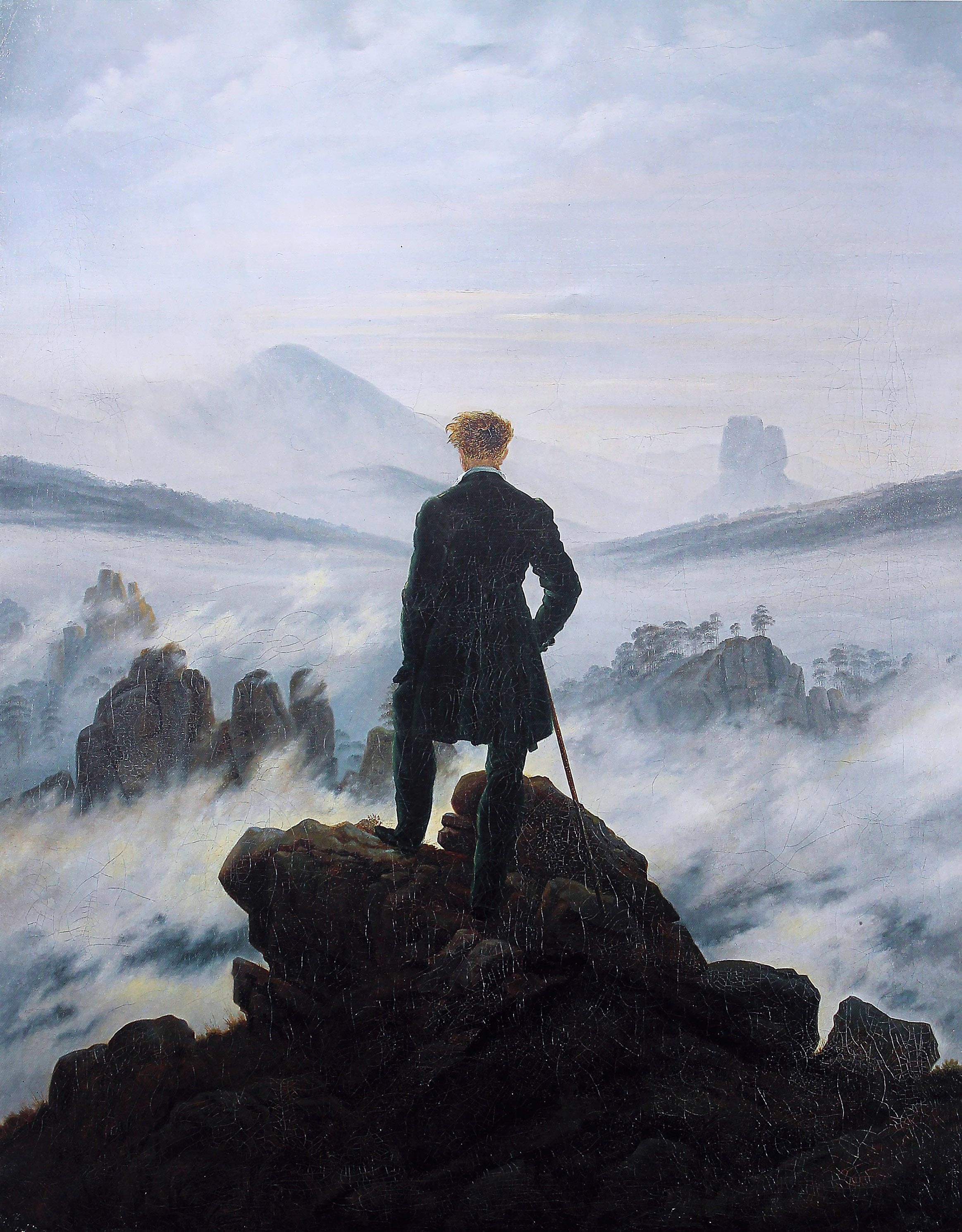
Teofil Ociepka found himself living and painting under the protective wings of the Polish United Workers’ Party, but in fact his art was created under the auspices of more immaterial realms.
He was born in 1892 in Janów, near Katowice [at the time, part of the German Empire, with a high proportion of ethnic Poles – ed. note]. Teofil’s father was a miner in the ‘Kaiser’ coal-mine in Giesche (renamed ‘Wieczorek’ in 1946 to commemorate a workers’ movement activist and Silesian uprising fighter). Teofil’s mother worked as a housekeeper for the Mayor of nearby Szopienice. Little Teofil, like his peers, went to a primary Volksschule, intended for autochthonous residents of Upper Silesia. When the boy turned 14, his father died in an accident underground, and Teofil had to go to work to help his mother in supporting the family. Because he was too slender to work in the mine, he tried his hand at being a municipal messenger, then he worked in an inn, at a post office, a railway, and finally as a clerk.
In 1914, he was conscripted into the Imperial German Army, with whom he fought, among other places, in the Balkans – a region that found its way into his art later on. It was during World War I that he stumbled upon the book Oedipus Aegyptiacus. Reading this occult treatise “combined in his imagination with the world of legends and fairy tales he knew from home,” according to Seweryn A. Wisłocki (an expert in





